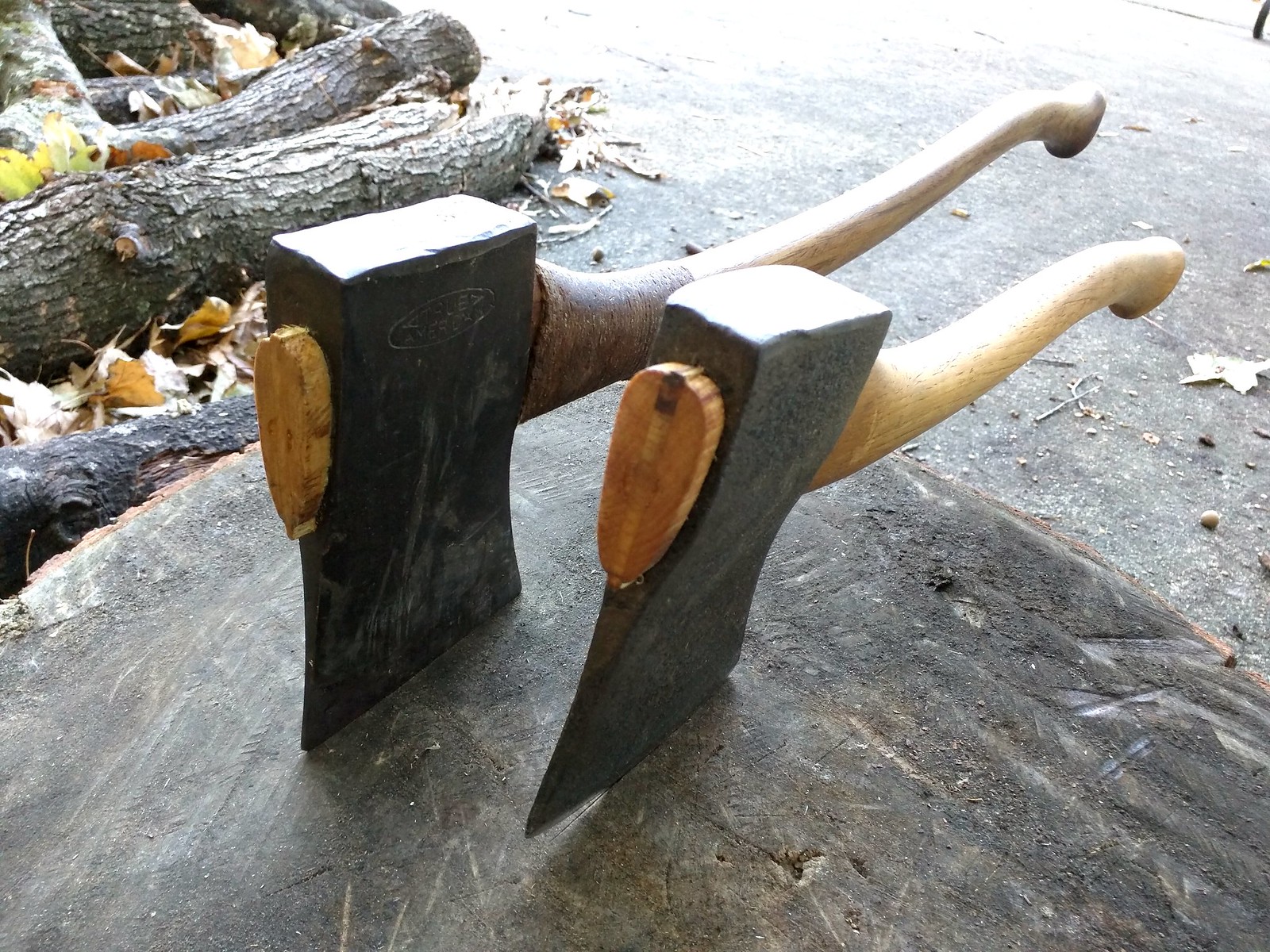Tried posting this yesterday but it said the site was down (now it's doing that silly glitch again where it won't let you copy and paste the post):
A huge topic. If you're camping in parks you probably are not allowed to cut your own wood there, they want the wood to contribute to the forest floor. People talk of reflector fires, what's really a re-emitter fire, but these are not really useful until you get into the long fires used in below 0 temps. Woods like pine and balsam fir generally produce very little heat, and often the dead wood you find around campsites are only really good for starting fires. Afterwards you're spending more time trying to keep the fire going than anything else. And these really soft woods also generally are smoky with lots of sparks.
Birch is probably the best all-around campfire wood as the smoke is very little and pleasant. It can be burnt green as well. Maple produces a lot of heat and lasts quite a while. If you combine smaller wood with a larger piece you will burn at the most efficient rate; the most heat, least smoke, and fairly long lasting for little effort. You want your pieces a finger to two fingers apart at most, depending on the size of the wood, pencil to finger-size space for smaller wood.
Depends on what area you live in too. Maybe you have very different wood than what is in my area.
You also need to consider clothing. Sitting too close to the fire can damage your clothes, you don't want to be closer than a large step. Generally this means fires are for cooking and atmosphere/night lighting, and if you're too cold then you need to wear more clothes. Stay off the ground and wear wool with a windbreaking layer (again, most new fabrics will be absolutely destroyed by fire).
Don't forget the hood and toque, you lose most of your heat from your head and neck. and for a warming fire you basically need a long fire, or Scandinavian/Russian type of fire. These take quite a bit of wood and can be dangerous for inexperienced people/certain times of year, but they are the fire to learn for emergencies and staying warm/drying out in colder seasons. You can also set up windbreaks with a tarp.
The very conservative rule for sleeping is 1-1.5 inches of loft for every 10 degrees f below 70. This means that at freezing you need 3.5 inches of loft, 1.75 above and below you for sleeping. Generally this is for down, and with fabric like wool you can have a little less. For clothing the rule is about the same for at rest, so your girlfriend needs about 1.75" thick layers for her upper body, and likely a little less for lower. This is why layering is very helpful, rather than one thick layer you can create space with layers and also reduce weight. A wool sweater and a large windbreaking layer should do it for most people at freezing.
...


